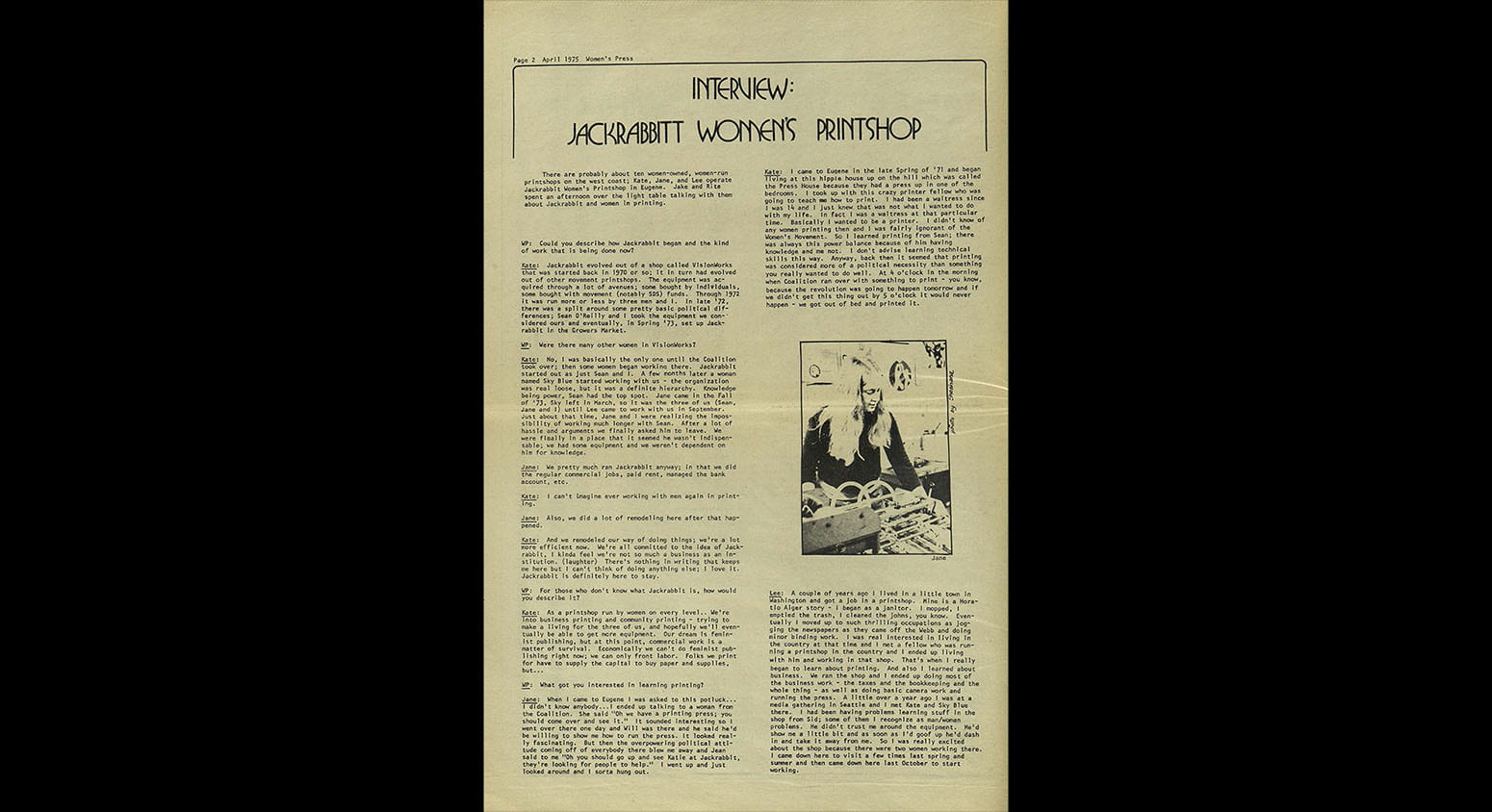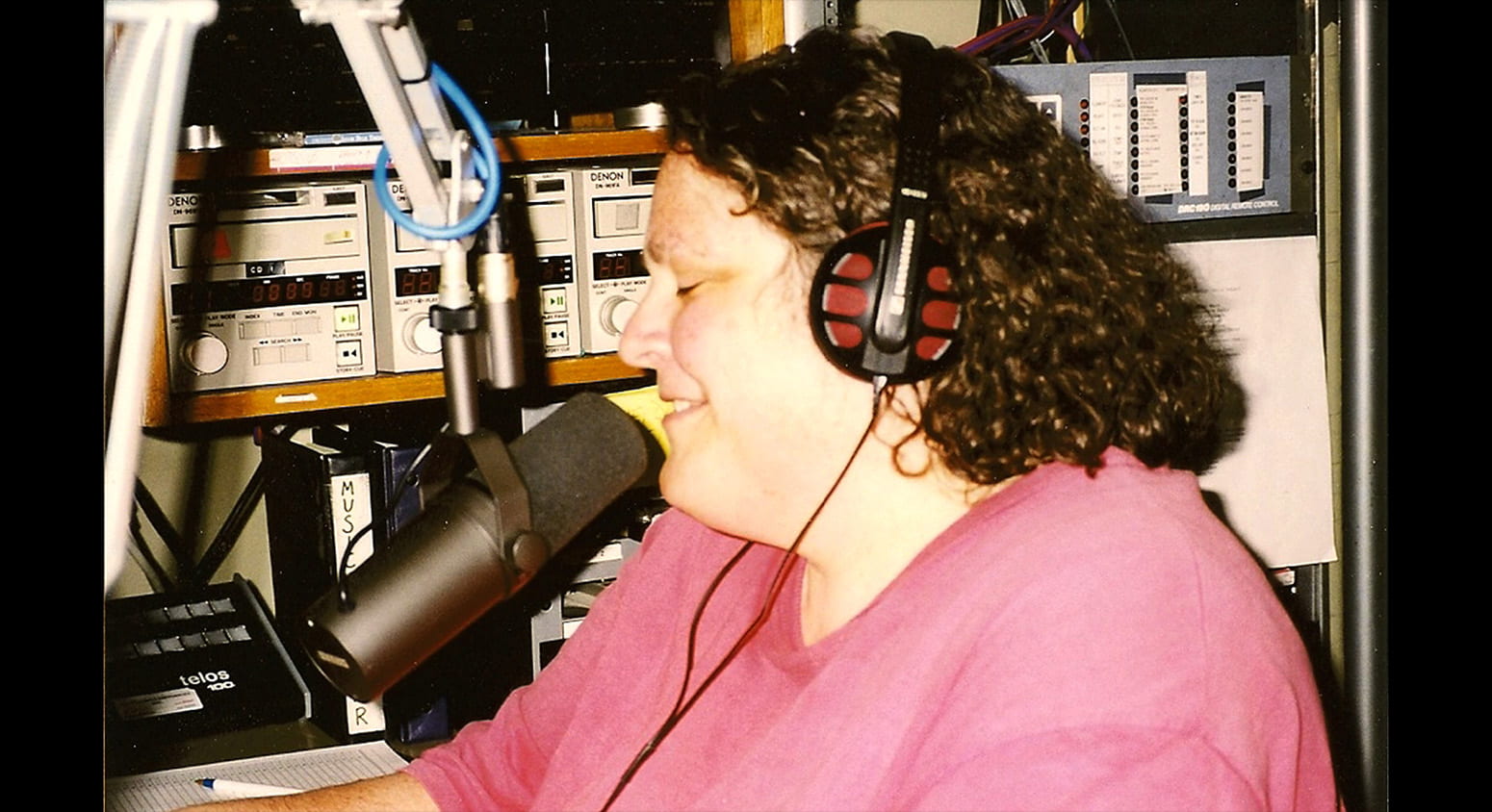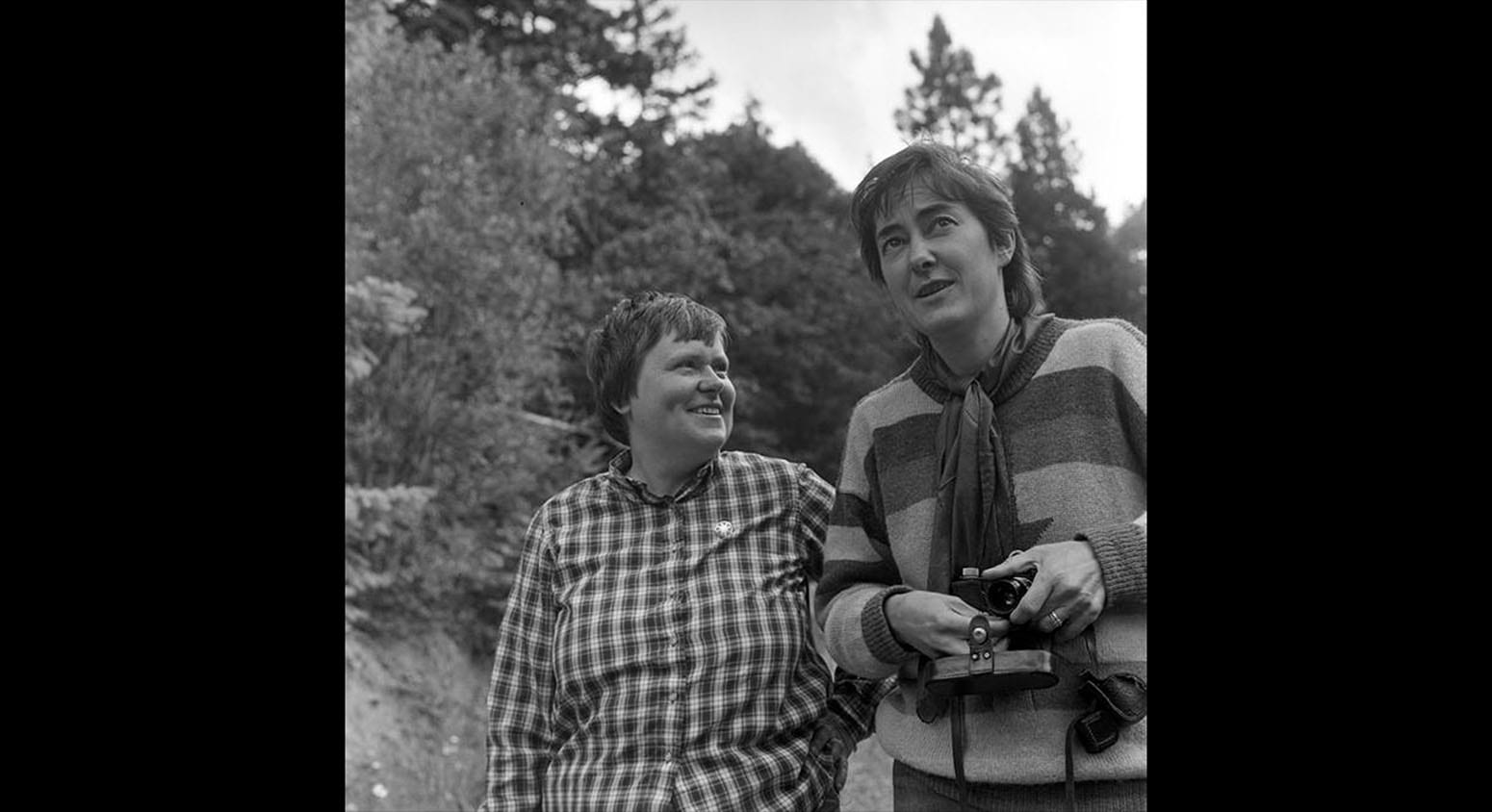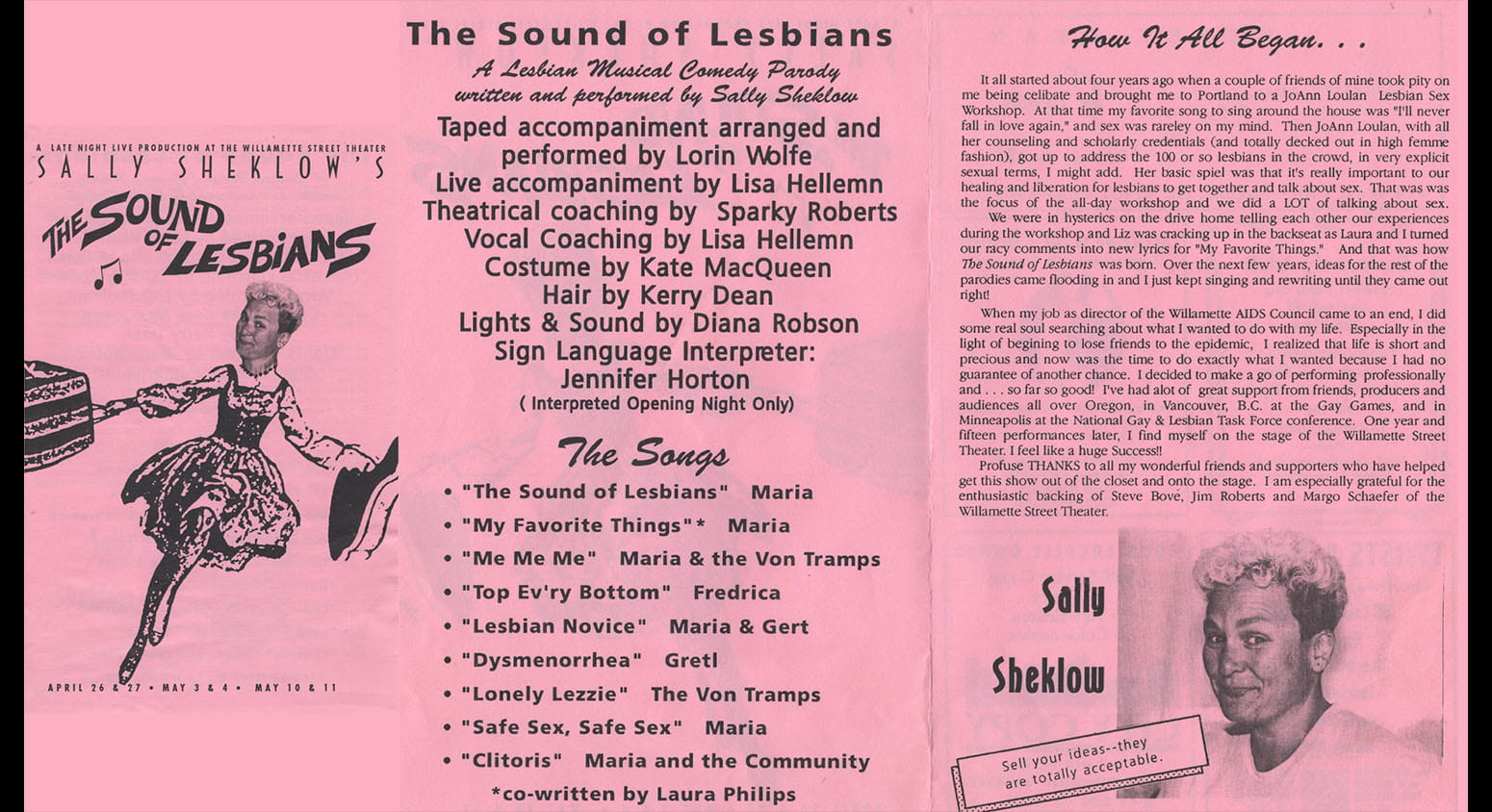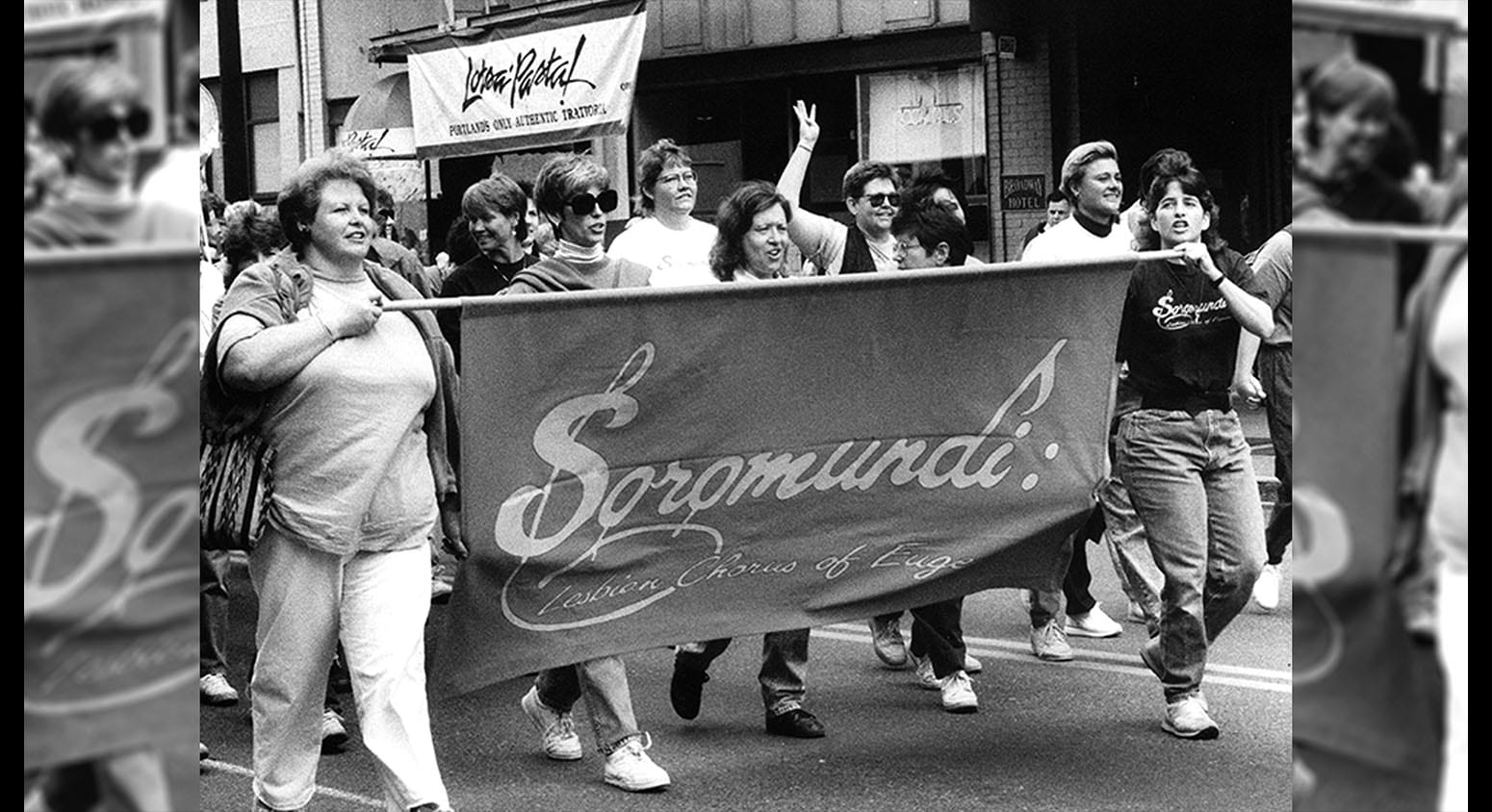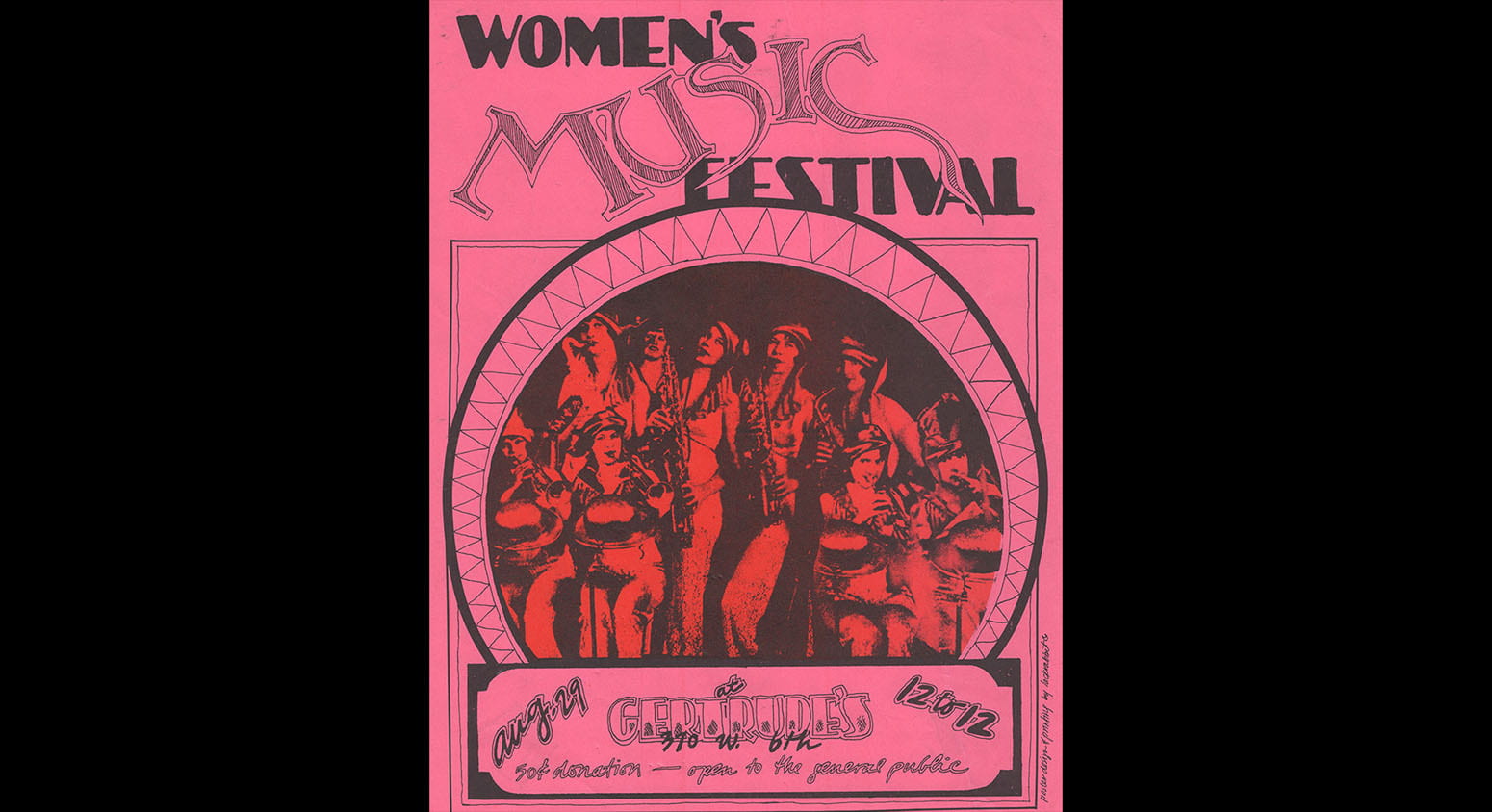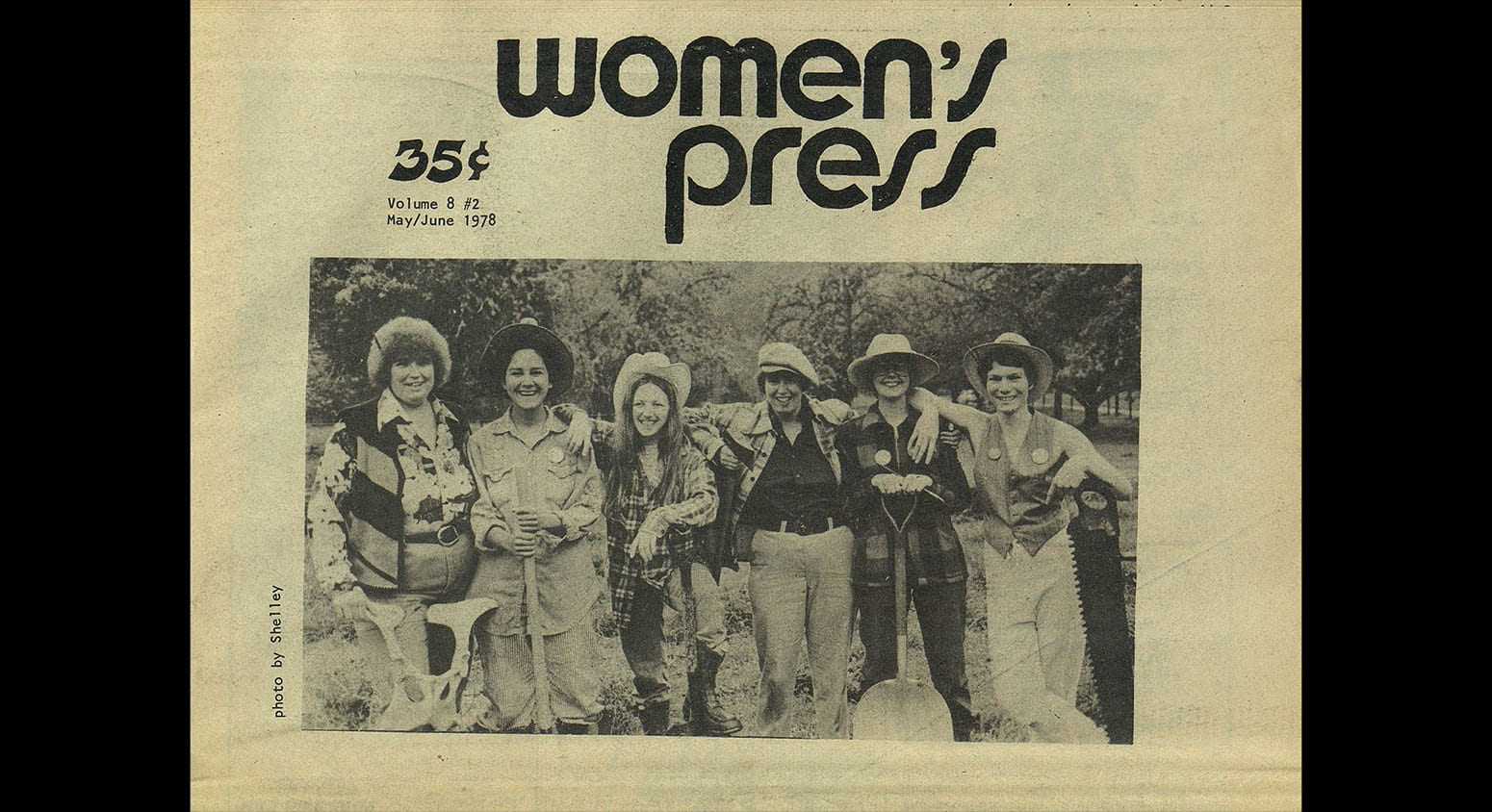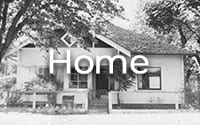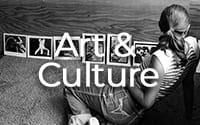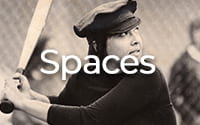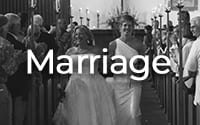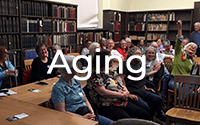ART & CULTURE
ART & CULTURE
Lesbian world-making. Defying invisibility, the Eugene lesbian artists danced, painted, sang, acted, parodied, printed and photographed their world, holding up a mirror that reflected their own community and the culture that obscured their perspectives.
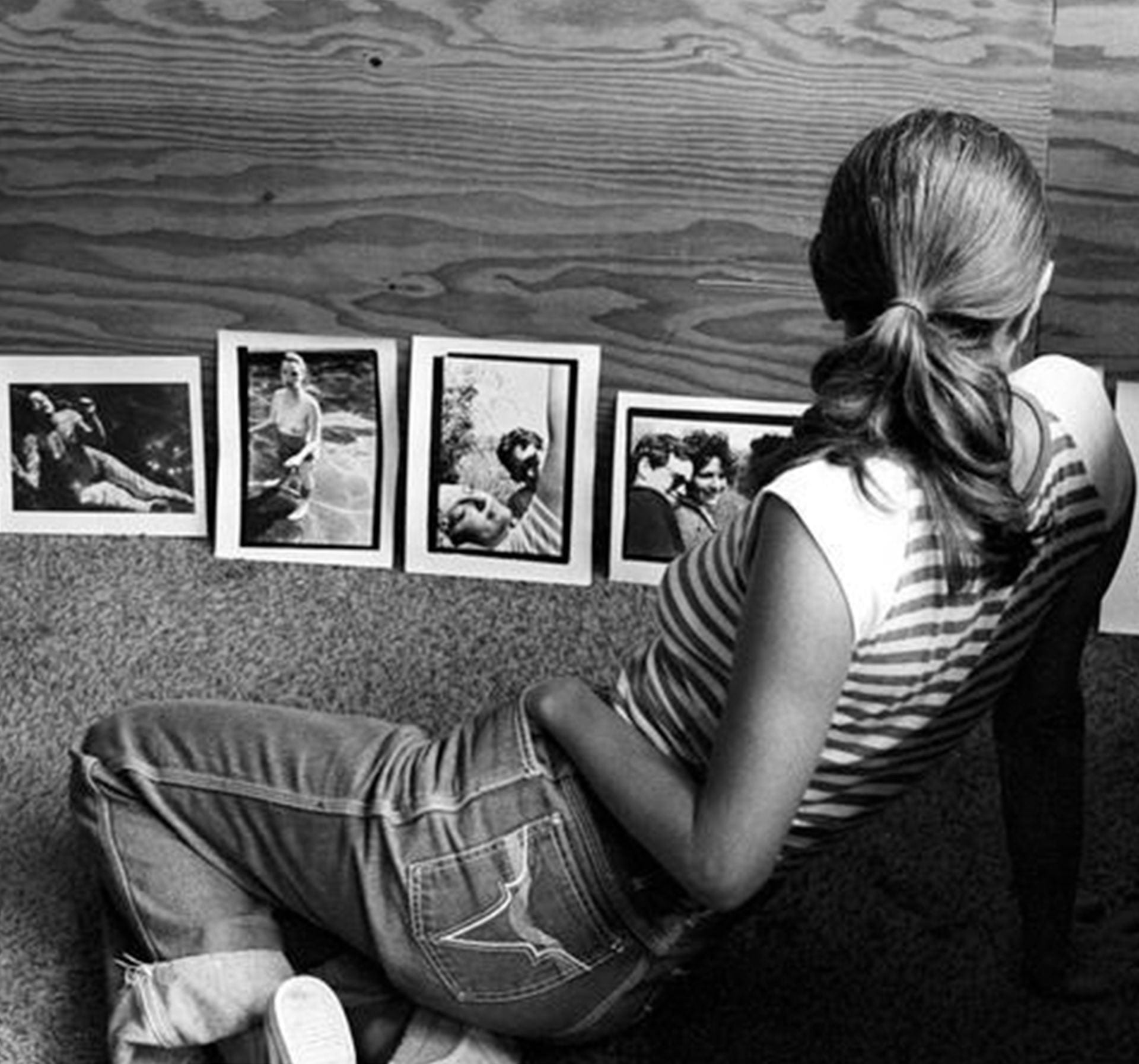
“We were looking at each other and validating each others’ beauty in a way that none of us had been validated before.”
– Janice Baker –
Wallflower Order Dance Collective
A company of trained dancers, Wallflower Dance Order Collective challenged the orthodoxies of what kind of bodies and movement were allowed on stage. One of the first explicitly feminist dance groups in the United States, the company began in 1975 with five dancers and they toured nationally and internationally. The original collective included Alex Dunnette, Krissy Keefer, Laurel Near, Linda Rose and Lyn Neeley and other dancers joined later. They performed a wide range of dance-theater works expressing political and social issues.
Jackrabbit Press & Women’s Press
Jackrabbit Press was a progressive printshop established in 1973 by Sean O’Reilly and Kate Thompson. In 1975 it became a women-run, print collective specializing in the literature, advertisements, manifestos and other publications of the burgeoning women’s and lesbian movements while continuing to print for the larger progressive community. It was in operation until 1978. The Women’s Press was a feminist newspaper founded by Margarita Donnelly and others in 1970. It was published by a collective in Eugene from 1970-1987.
Special thanks and photo credit to Kaucyila Brooke (formerly known as Shady Grove).
The Women’s Ovular Photography Workshops
A number of the Eugene lesbians participated in The Women’s Ovular Photography Workshops taught by photographers and artists Ruth Mountaingrove and Tee Corinne at Rootworks, one of the lesbian land communes near Wolf Creek, Oregon. Held each summer from 1979-1982, the workshop published some of the photographs in The Blatant Image: A Magazine of Feminist Photography from 1981-1983. The Ruth Mountaingrove and the Tee Corinne Collections are held in the University of Oregon Special Collections and University Archives.
WYMPROV!
WYMPROV! was a lesbian comedy improvisation troupe that performed for 27 years from 1991-2016. Sally Sheklow, Enid Lefton, Debby Martin, and Vicky Silvers performed throughout the Pacific Northwest at cultural and political events. Their interactive engagement with audiences was featured on Oregon Art Beat in 2003.
Soromundi Lesbian Chorus of Eugene
Soromundi Lesbian Chorus of Eugene is the only remaining lesbian organization from the 1980s and is still going strong. Soromundi began with 5 women in 1989 under the directorship of Karm Hagedorn. The following year Lisa Hellemn joined as the accompanist and became director in 1993, sharing the role with Karm from 1998 to the present. According to Karm and Lisa, between 1,200 and 1,400 people have sung under the Soromundi banner, involving 80-110 singers each year. In earlier years, some women participated in rehearsals but could not sing publicly or list their full names on the program for fear of losing their jobs. The chorus emerged as a politically active group in response to local, state, and national anti-LGBTQ measures, performing at rallies, marches, and vigils. Soromundi gives large concerts in Eugene and around the state, working with gay and lesbian youth groups and other choruses. Soromundi’s criteria for inclusion, “The chorus is non-audition and open to anyone who identifies as a woman,” continues to evolve as sexuality and gender identities expand.
VISIBILITY THROUGH CREATIVITY
The Eugene lesbian community created a remarkably rich cultural life. Just as these women pioneered successful collective businesses, they also formed innovative and influential collective artistic enterprises. These included theater companies, a dance collective, a large lesbian chorus, photography workshops, a comedy improvisation troupe, printing presses, and individual artists and writers. These endeavors took place in a time when lesbians were virtually invisible in the broader mainstream cultural spaces of theater, film, television and dance. Industry regulations, such as the Hays Code in film, had historically viewed lesbian representation as obscene, and general prejudice purposefully obscured lesbians and their lives. To counteract this invisibility, artistic lesbians in Eugene sought to provide rich and complex renderings of their lives and perspectives. The plays, music, comedy, and newspapers also educated the wider Eugene community which became especially important during the anti-gay measures that divided Oregon during those years.

GALLERY
FOR TEACHING AND RESEARCH
SPOTLIGHT: SOROMUNDI
Ideas
Visit the Eugene Lesbian Oral History Project archive to read about Enid Lefton’s radio show, on KLCC from 1981 – 1998.
Visit the Eugene Lesbian Oral History Project archive to read about the artwork Kate “Jackrabbit” Thompson is currently producing.
Links
Lesbian Intentional Community: Ruth Mountaingrove (b. 1923) photographs
Herstory if Caught by the Camera’s Eye: Photographers of Oregon’s Lesbian Lands
Tee A. Corinne papers, 1996-2003
The Blatent Image: Making a Magazine
The Wallflower Order and Social Reproduction
Women’s Press – Archived Issues




